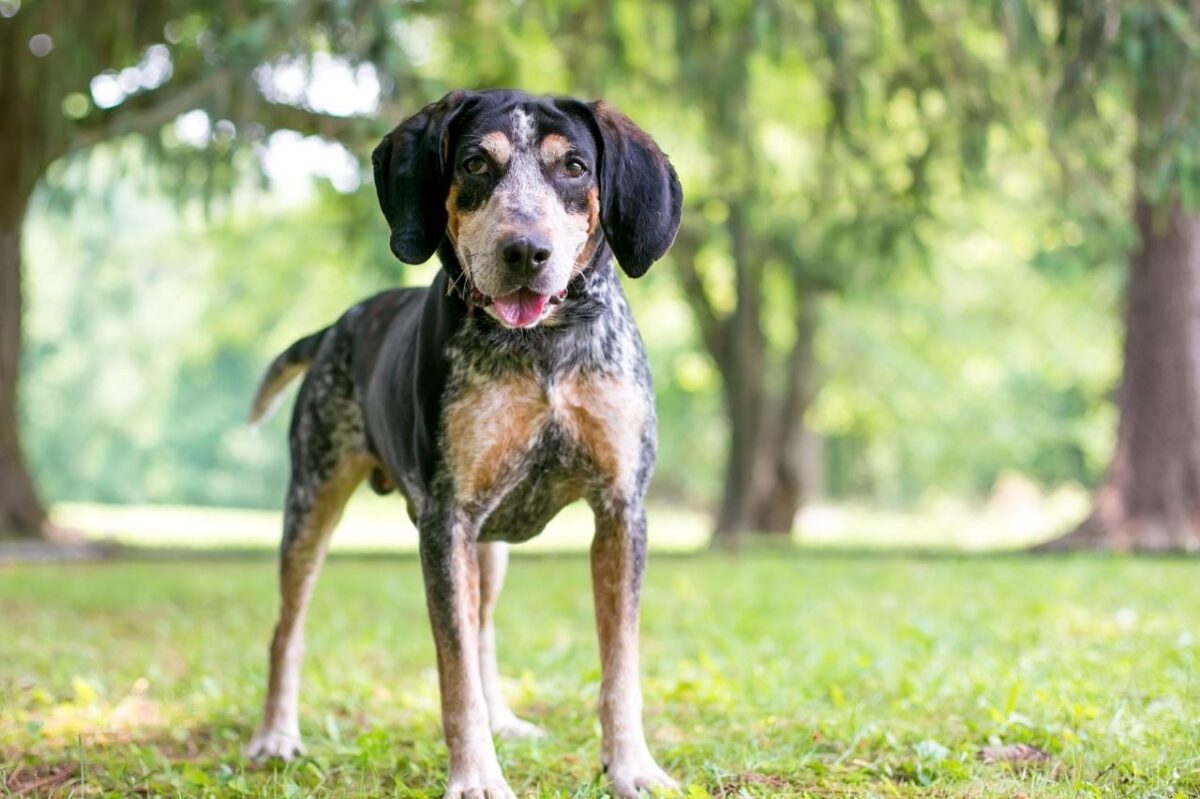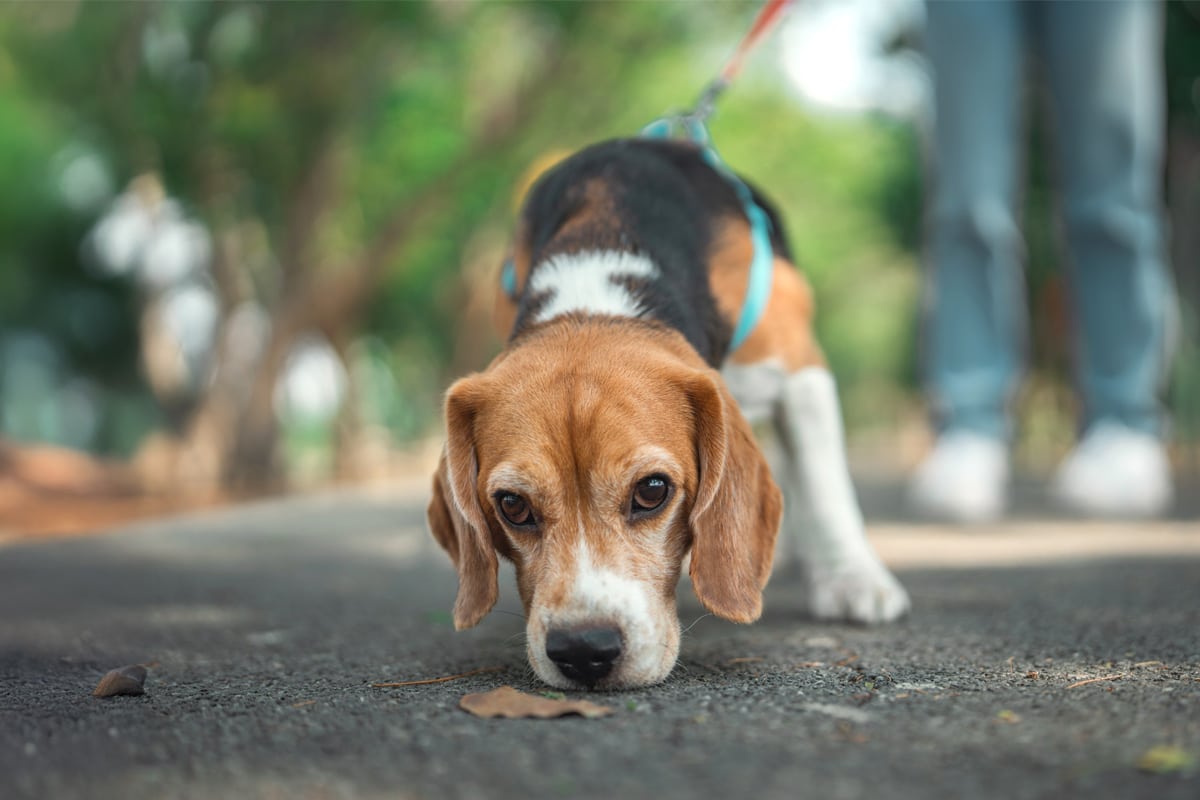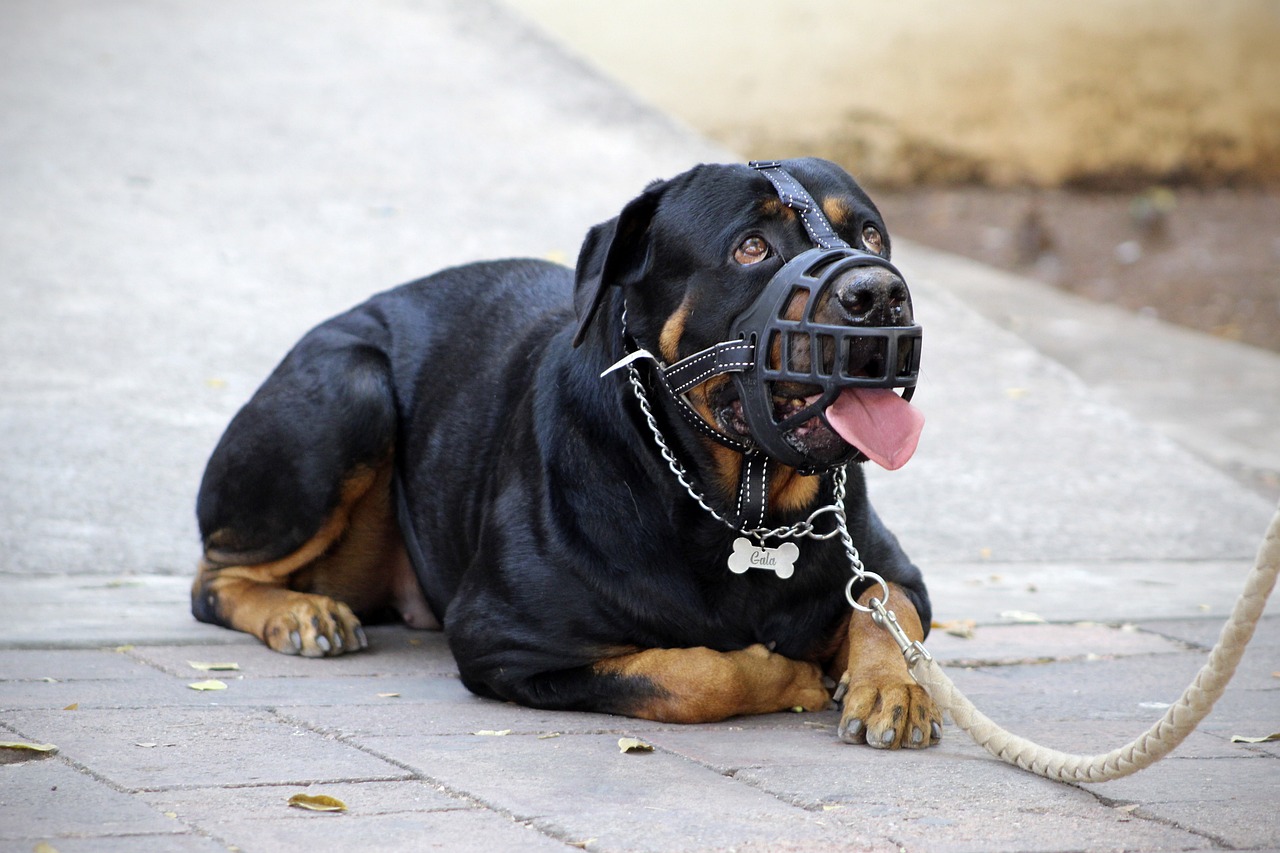 Shutterstock
Shutterstock
Dogs have always been our trusty partners when it comes to sniffing out the hidden, the missing, and the mysteriously smelly. While every dog has a nose that outperforms ours, certain breeds take scent work to expert levels. Born with powerful sniffers and relentless drive, these dogs excel at tracking, detecting, and uncovering whatever lies beneath the surface—be it lost hikers, hidden contraband, or yesterday’s sandwich crumb. If you want a four-legged Sherlock Holmes, these nose-powered breeds are ready for the job.
Bloodhound
 Shutterstock
Shutterstock
When it comes to scent work, the Bloodhound wears the crown—and probably sniffed it out from a mile away. Their noses have more scent receptors than any other breed, and their long, droopy ears and wrinkled faces help funnel scent particles right into those powerful nostrils. Bloodhounds are famously used in search-and-rescue missions and criminal investigations, often following trails that are days old. Once they lock onto a scent, their determination is unmatched. Just don’t expect them to come back quickly—they follow their noses like they’ve got somewhere very important to be, and your voice is just background noise.
Basset Hound
 Shutterstock
Shutterstock
Don’t let their slow shuffle fool you—Basset Hounds are scent detectives in disguise. With a nose second only to the Bloodhound, these short-legged sniffers are pros at trailing scents close to the ground. Their big, floppy ears and droopy faces aren’t just adorable—they’re actually tools that help trap and direct scent. Originally bred for hunting small game, Bassets still thrive in scent detection and tracking activities today. Just be prepared: if a Basset catches a whiff of something interesting, they’ll follow it like it’s their life’s mission (which, honestly, it probably is).
Beagle
 Shutterstock
Shutterstock
Beagles were practically born with their noses to the ground. These merry little hounds were bred for scent-based hunting and have a long history of tracking rabbits and other game. Today, they’re commonly used in airports and customs work to detect illegal substances and food products. Their friendly demeanor makes them ideal for scent detection work around the public, while their relentless drive to sniff makes them excellent at their job. Plus, they’ll happily turn every walk into a full-blown investigation of your neighborhood’s squirrel activity.
German Shepherd
 Shutterstock
Shutterstock
While German Shepherds are often celebrated for their obedience and intelligence, their noses are just as impressive. These versatile working dogs are frequently used in police and military scent work, including narcotics detection, tracking fugitives, and search-and-rescue. German Shepherds pair their strong scenting ability with high trainability, making them excellent at focusing on complex scent tasks. They can follow trails across varied terrain with incredible accuracy and alert handlers to the faintest signs of a hidden target. Also, they do it all while looking like the world’s most professional sniffing machine.
Belgian Malinois
 Shutterstock
Shutterstock
Belgian Malinois are high-drive, high-focus dogs that excel in scent detection thanks to their intense work ethic and keen noses. They are frequently employed in police, military, and security roles, sniffing out everything from explosives to narcotics to missing persons. Their agility and stamina allow them to cover a lot of ground quickly during search operations. The Malinois doesn’t just sniff—they investigate, analyze, and file a detailed report (or would, if they had thumbs). Their scent work performance is impressive, and their enthusiasm is unstoppable.
Labrador Retriever
 Shutterstock
Shutterstock
Labradors aren’t just the kings of fetch—they’re also scent work superstars. Labs are used in everything from search and rescue to medical alert detection due to their excellent noses and eager-to-please personalities. Whether it’s sniffing out a diabetic alert or detecting invasive plants, Labradors take their job seriously. They’re great for beginners in scent training, too, since their sociable nature and high food motivation make them easy to work with. If something needs to be found, your Lab will find it—and probably eat it if you don’t stop them.
Springer Spaniel
 Shutterstock
Shutterstock
Springer Spaniels were bred to flush game from dense brush, and that talent came with a phenomenal sense of smell. These energetic dogs excel in detection work, particularly in environments that require precision and persistence. Springers are often employed to find drugs, firearms, and explosives, thanks to their ability to work tirelessly and cover large areas. They thrive on problem-solving and scent games, turning their nose into a GPS for anything hidden. If your home ever needs a thorough inspection for missing socks, look no further.
Coonhound
 Shutterstock
Shutterstock
Coonhounds were explicitly bred for following scent trails over long distances and rugged terrain, especially during nighttime hunts. Their deep baying voice lets their handlers know they’re on the trail, even when out of sight. Coonhounds are tenacious scent hounds with an instinct to follow their nose no matter how far it leads them. They’re ideal for tracking lost people, animals, or just the scent of a slightly suspicious breeze. If there’s a trail to follow, a Coonhound won’t stop until the mystery is solved—or bedtime arrives.
English Pointer
 Shutterstock
Shutterstock
While best known for pointing game, English Pointers have a phenomenal sense of smell that helps them locate birds in thick cover from great distances. Their scenting ability allows them to freeze mid-stride and “point” in the direction of prey, often long before a human even notices anything. Pointers are fast, focused, and driven, with a nose that rarely misses its mark. They make excellent hunting companions but also thrive in scent work activities and competitive nosework. Don’t be surprised if your Pointer finds your lost car keys… and then insists on pointing at them dramatically.
Bluetick Coonhound
 Shutterstock
Shutterstock
Bluetick Coonhound is a specialist in cold trails, meaning it can follow older, fainter scent trails that other breeds might lose. Their slow, methodical approach makes them exceptional trackers in complex environments. They’re often used in search-and-rescue efforts or long-range trailing tasks where patience and persistence are key. Blueticks are enthusiastic about scent work and vocal enough to let you know when they’ve found something exciting. Think of them as the detectives who won’t stop until the case is closed—and the kibble reward is delivered.
Norwegian Elkhound
 Shutterstock
Shutterstock
Norwegian Elkhound is a spitz-type breed originally used for hunting large game like moose and elk. Their keen sense of smell helps them track scents through dense forests and rugged terrain, often leading hunters silently and skillfully to their target. Elkhounds are highly focused and alert, using their noses as their primary navigation system. Their stamina and tracking instincts make them excellent at scent-based tasks beyond hunting. Plus, they’ll happily let you know when they’ve found something, usually with dramatic barking and a look that says, “Told you so.”
Dachshund
 Shutterstock
Shutterstock
Originally bred to track and hunt badgers, Dachshunds have an underrated nose and an unmatched determination to follow scent trails. Despite their short legs and sausage-like bodies, these little dogs were designed to dive into tunnels and follow scents underground. Today, they enjoy nosework games and tracking activities that stimulate their natural instincts. Their size makes them especially good at indoor scent games or tight search spaces. If there’s a mystery under the bed, the Dachshund is already on it—and possibly stuck halfway in.
German Shorthaired Pointer
 Shutterstock
Shutterstock
German Shorthaired Pointer is a scent-powered athlete. These sleek, energetic dogs combine sharp noses with strong stamina, excelling in tracking, hunting, and detection work. They’re versatile, able to adapt to different types of terrain and scent tasks, from field trials to urban search missions. GSPs are also enthusiastic learners, eager to work with their handler as a true team. Whether sniffing out birds in the field or hidden objects at home, they perform scent work with style and full-body enthusiasm.
The Nose Knows—and These Dogs Know a Lot
 Shutterstock
Shutterstock
When it comes to sniffing out trouble, lost toys, snacks, or that one sock that disappeared three weeks ago, these dog breeds are the true champions. With noses that practically come with built-in radar and the determination of professional detectives, these breeds turn scent work into both an art and a science. Whether they’re solving crimes, rescuing lost hikers, or just helping you find the remote, they follow their noses straight to success—and occasionally, into the kitchen for celebratory treats.

 1 month ago
14
1 month ago
14


















 English (US) ·
English (US) ·